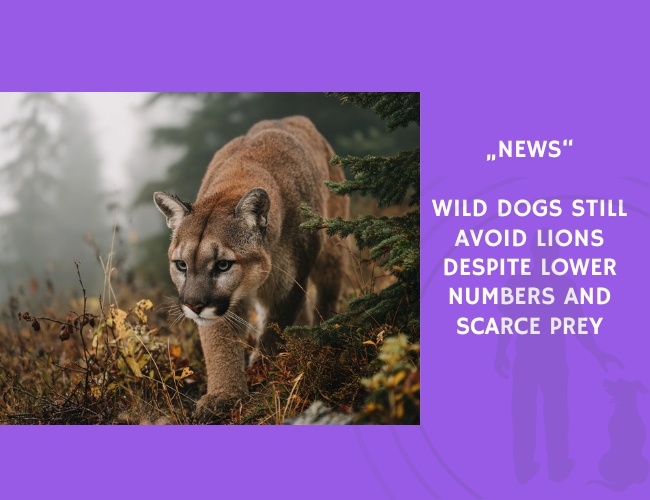In a compelling examination of predator-prey dynamics, Ben Goodheart and colleagues studied the behavior of African wild dogs in Zambia’s Greater Kafue Ecosystem (GKE), an area suffering from widespread anthropogenic prey depletion. Despite lion populations being reduced to a third of their typical density, wild dogs were found to still avoid lions—and, consequently, the habitats rich in their preferred prey.
The research, published in Ecology and Evolution, shows that the mere presence of lions, even at low density, significantly affects wild dog movement and access to vital prey like impala and puku. These findings challenge assumptions that a decrease in apex predator numbers reduces competition among carnivores.
Notably, prey base homogenization caused by prey loss appears to exacerbate the situation. Lions now focus on the same species that wild dogs prefer, heightening competition despite fewer lion encounters. The study reveals that the fear of predation and interference remains strong enough to shape wild dog behavior, even when predator numbers are low.
This pattern helps explain why wild dogs often decline alongside lions in degraded ecosystems. The authors urge immediate conservation focus on restoring prey populations in the few remaining strongholds for wild dogs, as traditional predator-based recovery strategies may fall short.
The findings emphasize the complex interplay between top-down (predator-driven) and bottom-up (prey-driven) ecological pressures, especially under human impact, and underscore the need for more holistic conservation frameworks.
Source: Ben Goodheart, Scott Creel, Paul Schuette, Edward Droge, Jennifer A. Becker, Keith Banda, Alexa Kusler, Satomi Matsushima, Kaley Banda, Rodgers Kabwe, William Donald, Jeremiah R. Merkle, Andrew Kaluka, Charles Chifunte, Matthew S. Becker. “Spatial Risk Effects From Lions Compound Impacts of Prey Depletion on African Wild Dogs.” Ecology and Evolution, Volume 14, 2024-10-01. https://doi.org/10.1002/ece3.11510









